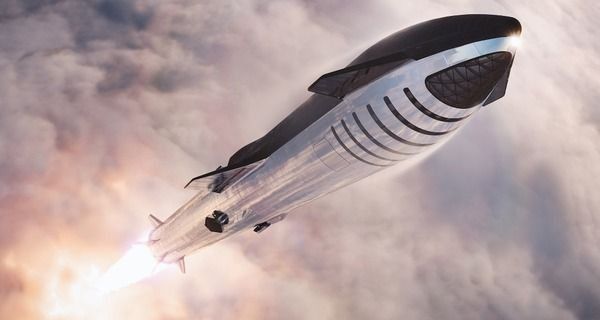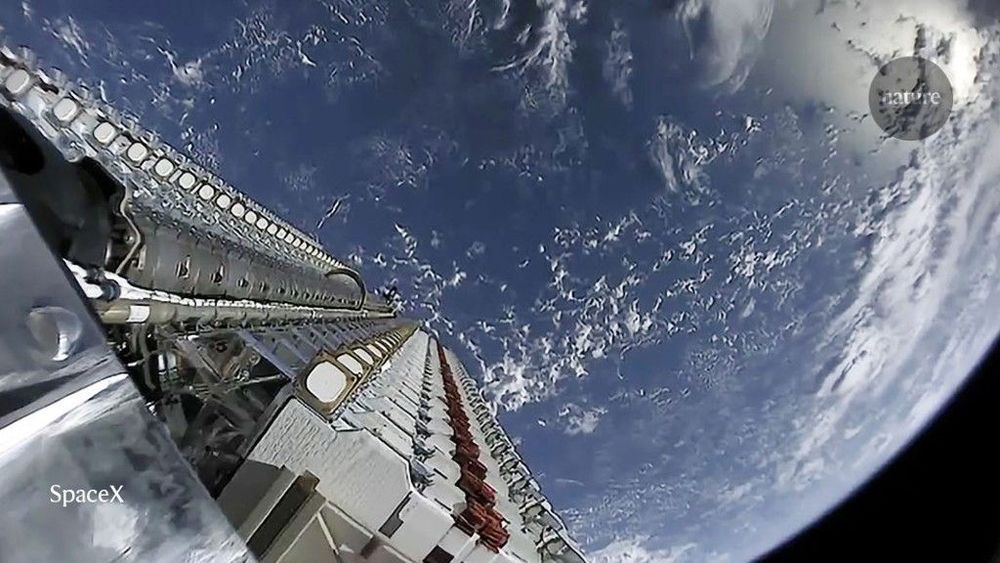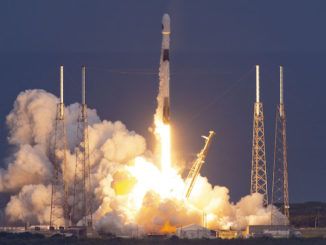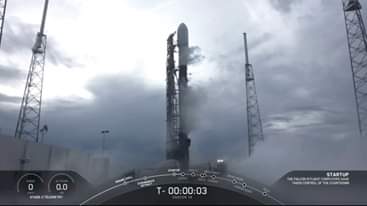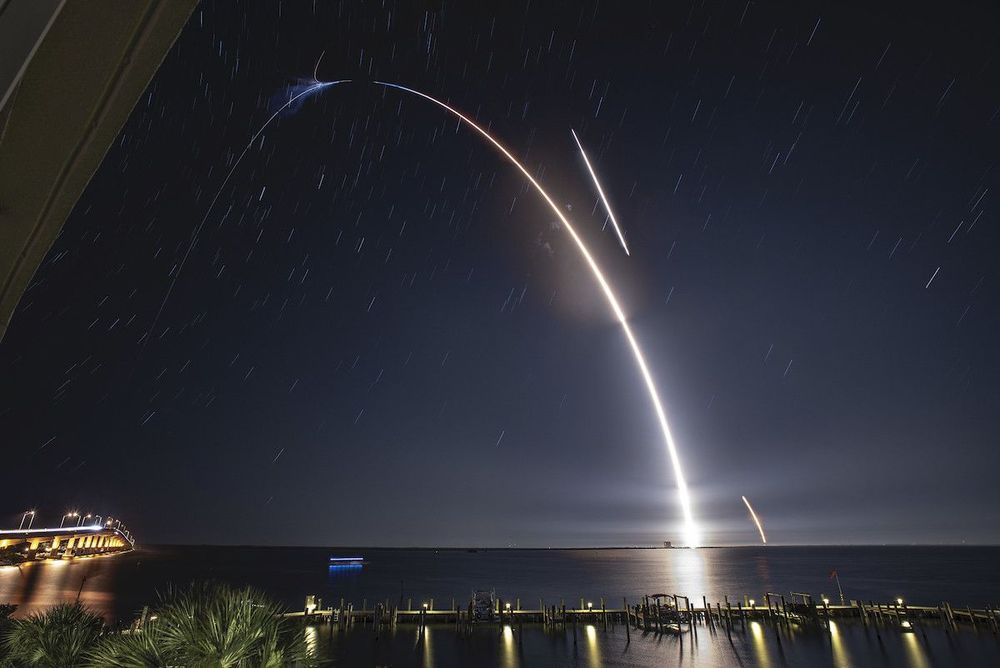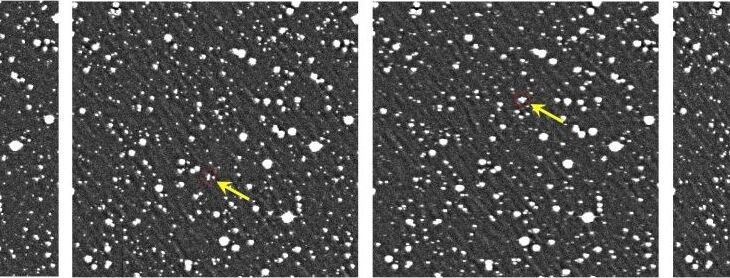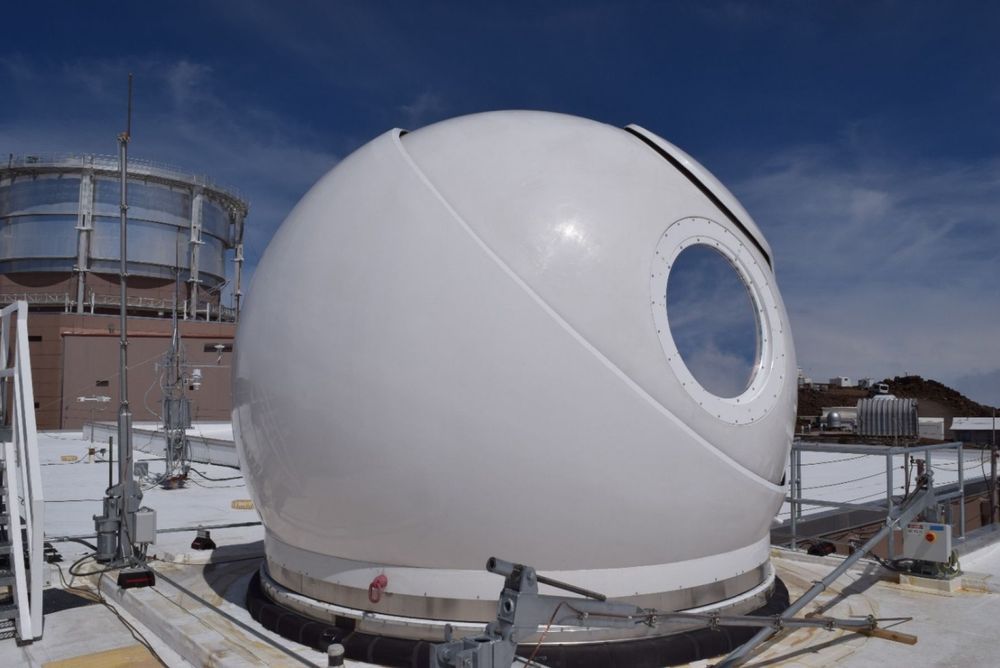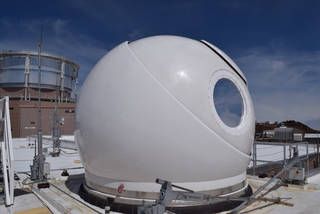Sep 1, 2020
SpaceX plans to conduct ‘hundreds’ of Starship missions before launching humans
Posted by Genevieve Klien in categories: Elon Musk, satellites
Featured Image Source: SpaceX
SpaceX is building Starship in South Texas at Boca Chica Beach. The aerospace company’s founder Chief Engineer Elon Musk envisions developing a fully reusable Starship capable of transporting one hundred passengers to Mars. During the Humans To Mars conference on Monday, he shared SpaceX will have to conduct ‘hundreds of missions’ before launching astronauts aboard. – “We’ve got to first make the thing work. […] Do hundreds of missions with satellites before we put people on board,” he said.
Multiple stainless-steel Starship prototypes are under assembly and undergoing testing at a small village where Musk envisions building the ‘Gateway to Mars’ spaceport. Last month, SpaceX successfully conducted a low-altitude test flight of a scaled-down Starship prototype. The vehicle soared 150-meters off the ground powered by a single Raptor engine. The company aims to make flying stainless-steel vehicles routine in Texas before attempting to launch a Starship prototype to orbit. “We’re making good progress. The thing that we’re really making progress on with Starship is the production system,” Musk told the conference’s host. “The thing that really impedes progress on Starship is the production system … A year ago, there was almost nothing there and now we’ve got quite a lot of production capability. So, we’re rapidly making more and more ships.”
